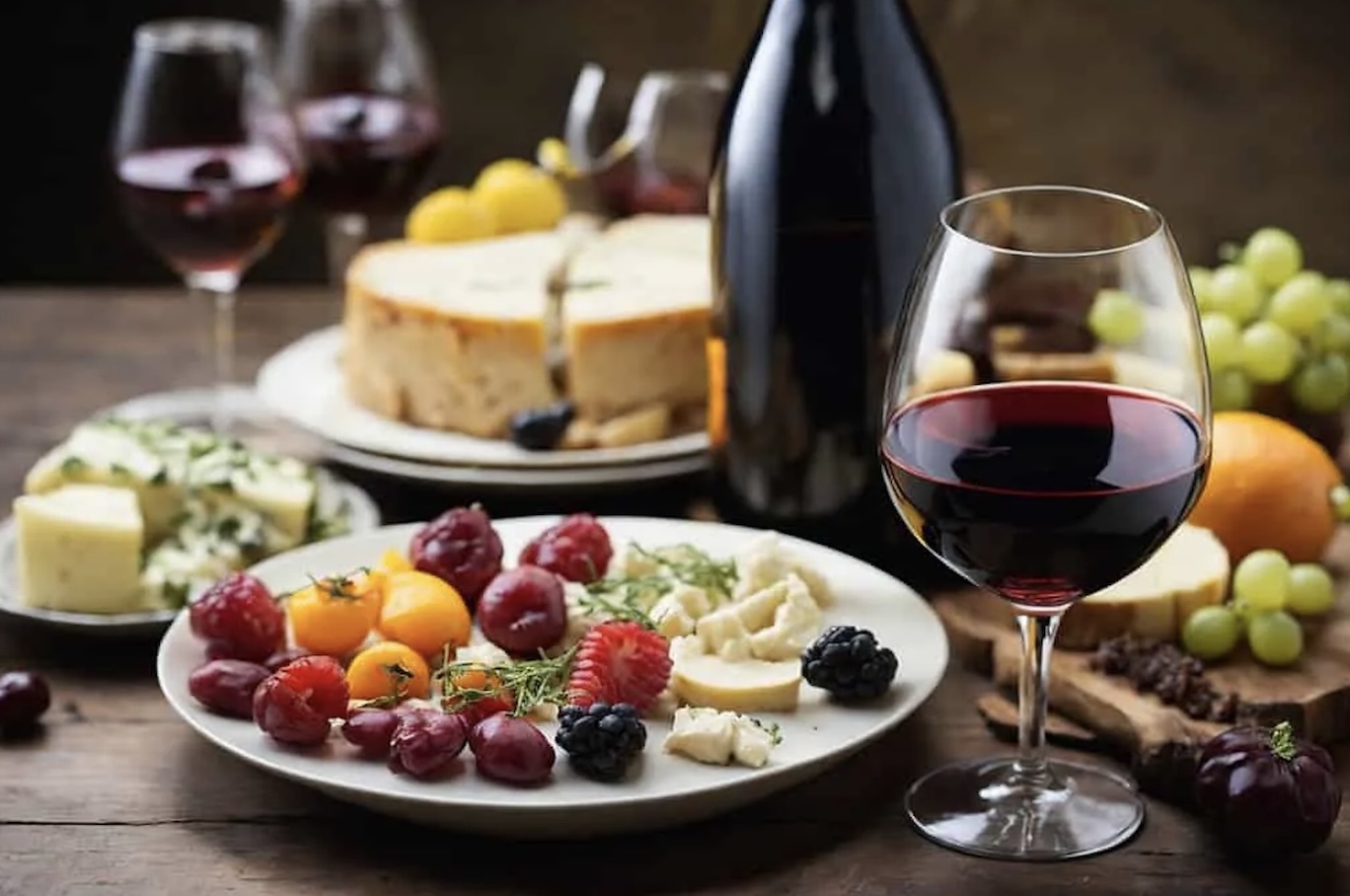
Pairing food and wine is both an art and a science. While there are no strict rules, certain guidelines can elevate the dining experience by enhancing flavors, balancing tastes, and creating harmony between the dish and the drink. Here are some key tips for successful food and wine pairing:
1. Balance the Weight
One of the most important principles is matching the weight or body of the wine with the weight of the food. A rich, heavy dish like beef stew pairs best with a full-bodied wine like Cabernet Sauvignon or Syrah. In contrast, lighter dishes such as grilled fish or a fresh salad are better complemented by light-bodied wines like Sauvignon Blanc or Pinot Grigio. The idea is to ensure one doesn’t overpower the other.
2. Match Acidity
Acidic foods need acidic wines. For example, tomato-based dishes pair wonderfully with wines that have bright acidity, such as Chianti or a dry Riesling. If a wine is too soft in acidity and the food is very tangy, the wine can taste dull or even flabby. On the other hand, an acidic wine can bring out freshness in a rich or creamy dish, acting like a palate cleanser.
3. Complement or Contrast Flavors
You can either complement flavors in the food and wine or contrast them for a more dynamic experience. A classic complementary pairing is a buttery Chardonnay with a creamy pasta dish—both share rich, smooth textures. For contrast, consider a spicy Asian dish with a slightly sweet wine like Gewürztraminer or an off-dry Riesling; the sweetness balances the heat and enhances the overall flavor.

4. Consider the Sauce
When pairing wine, it’s often more important to focus on the sauce than the protein. Chicken in a rich mushroom cream sauce calls for a very different wine than grilled chicken with lemon and herbs. The first might match well with a barrel-aged Chardonnay, while the second is better suited to a crisp Sauvignon Blanc.
5. Tannins and Proteins
Tannins, found in red wines like Cabernet Sauvignon, Malbec, and Nebbiolo, bind with proteins and fats, softening their bitterness and bringing out the wine’s fruit character. This is why tannic reds work so well with steaks or lamb. However, if the dish is low in fat, like grilled vegetables or fish, high-tannin wines can feel harsh or drying.
6. Sweetness and Spice
When it comes to spicy foods, off-dry (slightly sweet) wines are a smart choice. The sweetness can tame the heat and prevent the alcohol from intensifying the spice. This makes wines like Moscato or off-dry Rieslings excellent with Thai or Indian dishes.
7. Match Intensity
Delicate dishes work best with subtle wines, while robust foods demand bold wines. A seared tuna steak might shine with a light Pinot Noir, while a hearty lasagna stands up to the richness of a Zinfandel.
8. Experiment and Have Fun
While guidelines help, personal preference should always be the final judge. Wine and food pairing is subjective, and exploring different combinations can lead to delightful surprises. Hosting a tasting with small plates and a variety of wines is a great way to discover new favorites.
Ultimately, the best pairings are those that enhance both the wine and the dish, creating a cohesive and enjoyable experience.

